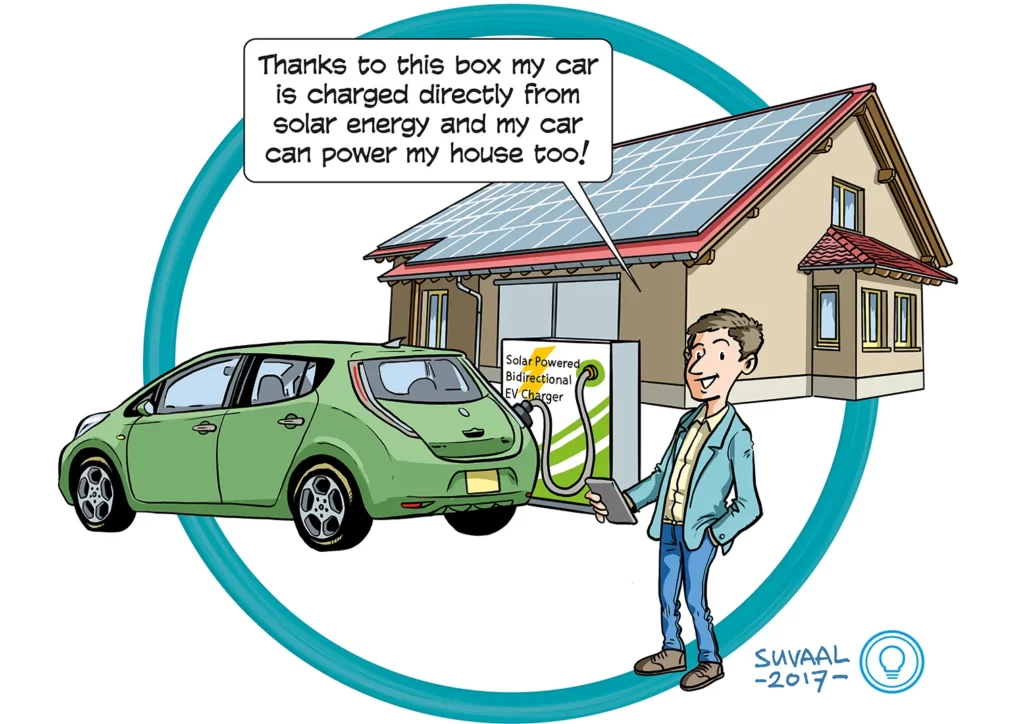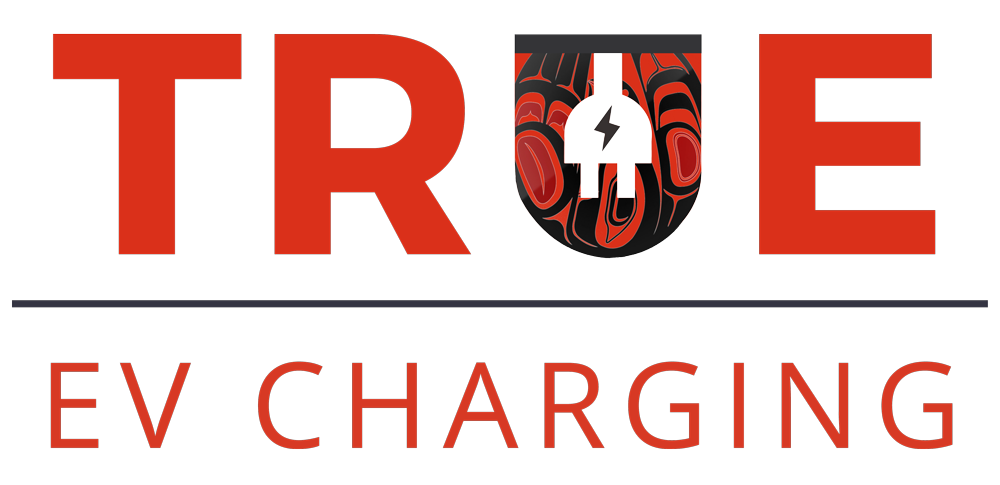Before we plunge into the future of EV Charging with bidirectional chargers, let’s clarify what they are for those who are not yet aware of this fascinating invention.
What is A Bidirectional Charger?
Simply put, a bidirectional charger is a tool that charges devices attached to both ends. Currently, the bidirectional charging technology allows EV owners to store the extra solar-generated or off-peak electricity in their car’s battery and then transfer it directly to power the house, especially during the hours when electricity units cost the most.

Through the bidirectional charging technology, Electric Vehicles (EVs) can transfer the extra energy back to the grid rather than storing it, which could be used to light up millions of homes when they most need it. This is perfect since the whole world is stuck in an energy crisis. It all sounds great, but there are still a number of hurdles to cross before the bidirectional charging technology makes its way into the mainstream consumer market.
There are essentially two methods to use an EV to supply power to a home and cut costs in the process. A parked car may be used in a manner that is comparable to a home battery system through vehicle-to-home (V2H) technology. An EV can store the solar energy produced during the day and utilize it to power home appliances after the sun has set. The alternative to the V2H technology is known as “vehicle-to-grid”. It entails returning power to the grid at a greater price than when it was first bought off-peak (V2G).
The Future of EV Charging
However, the major obstacle is still the high installation costs for bidirectional chargers. Only a small number of automobile companies presently offer the option of bidirectional charging in their vehicles.

In the next years, bidirectional chargers should become more affordable as the required infrastructure is built up and become more widespread. EV owners must still be persuaded that repeated charging and discharging won’t hasten the deterioration of their batteries.
The possibility of decreased power costs and bidirectional charging is unlikely to convince customers to purchase an electric car. However, drivers are more inclined to buy one due to the looming inflation, cheaper long-term operating expenses, and environmental concerns.
So, would you switch to a bidirectional EV charger?
FREQUENTLY ASKED QUESTIONS (FAQs)
Q. Does Tesla have bidirectional charging?
A. As of October 2022, Tesla does not have bidirectional EV charging options.
Q. What electric cars have bidirectional charging?
A. The Nissan Leaf and Ford F-150 Lightning offer V2G and V2H, respectively. V2L is available in the Hyundai Ioniq 5, the related Kia EV6, and the Mitsubishi Outlander PHEV.
Q. How much is a bidirectional charger?
A. Due to its current supply and demand situation. bidirectional chargers are currently rather expensive and can easily cost up to $10,000.

